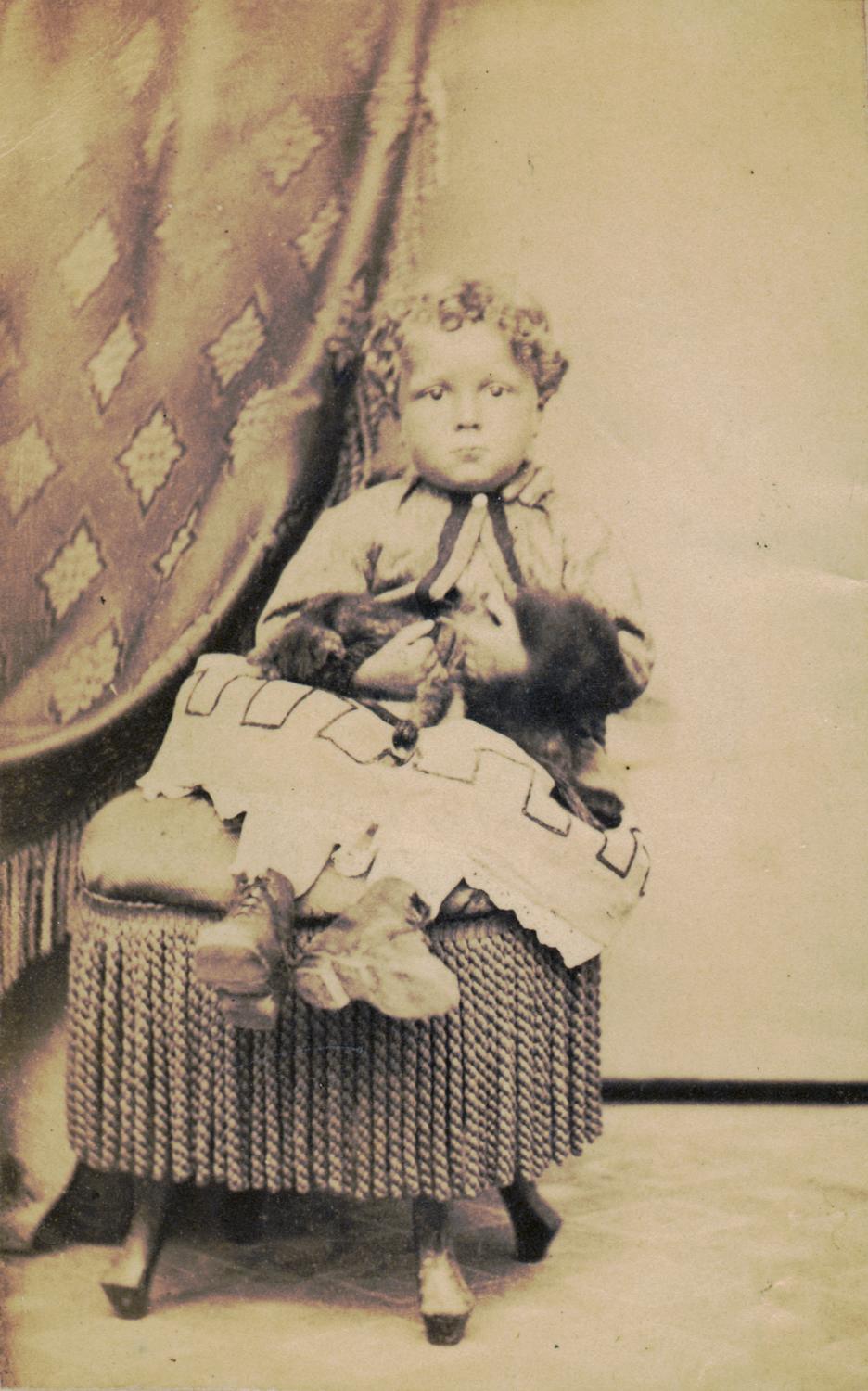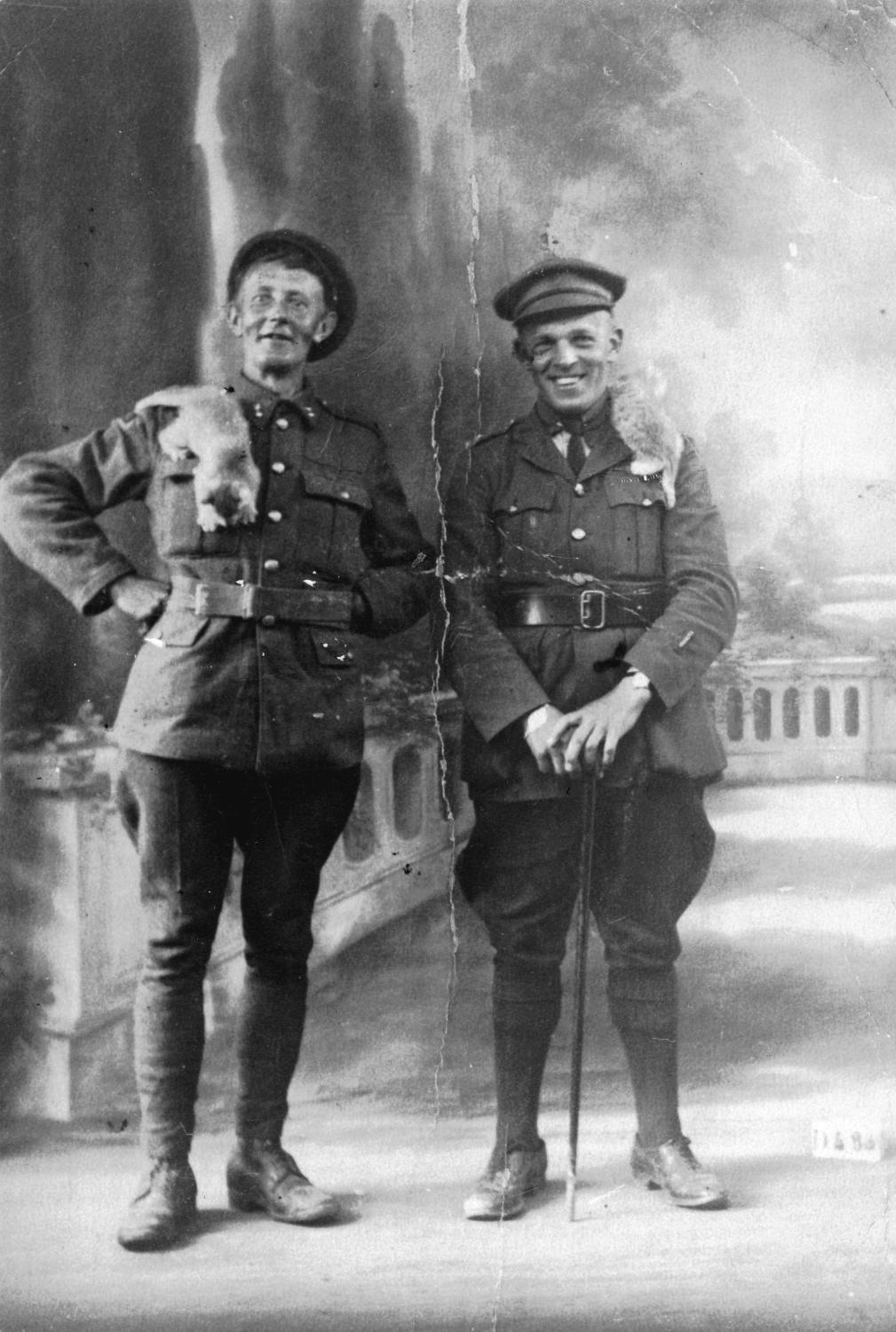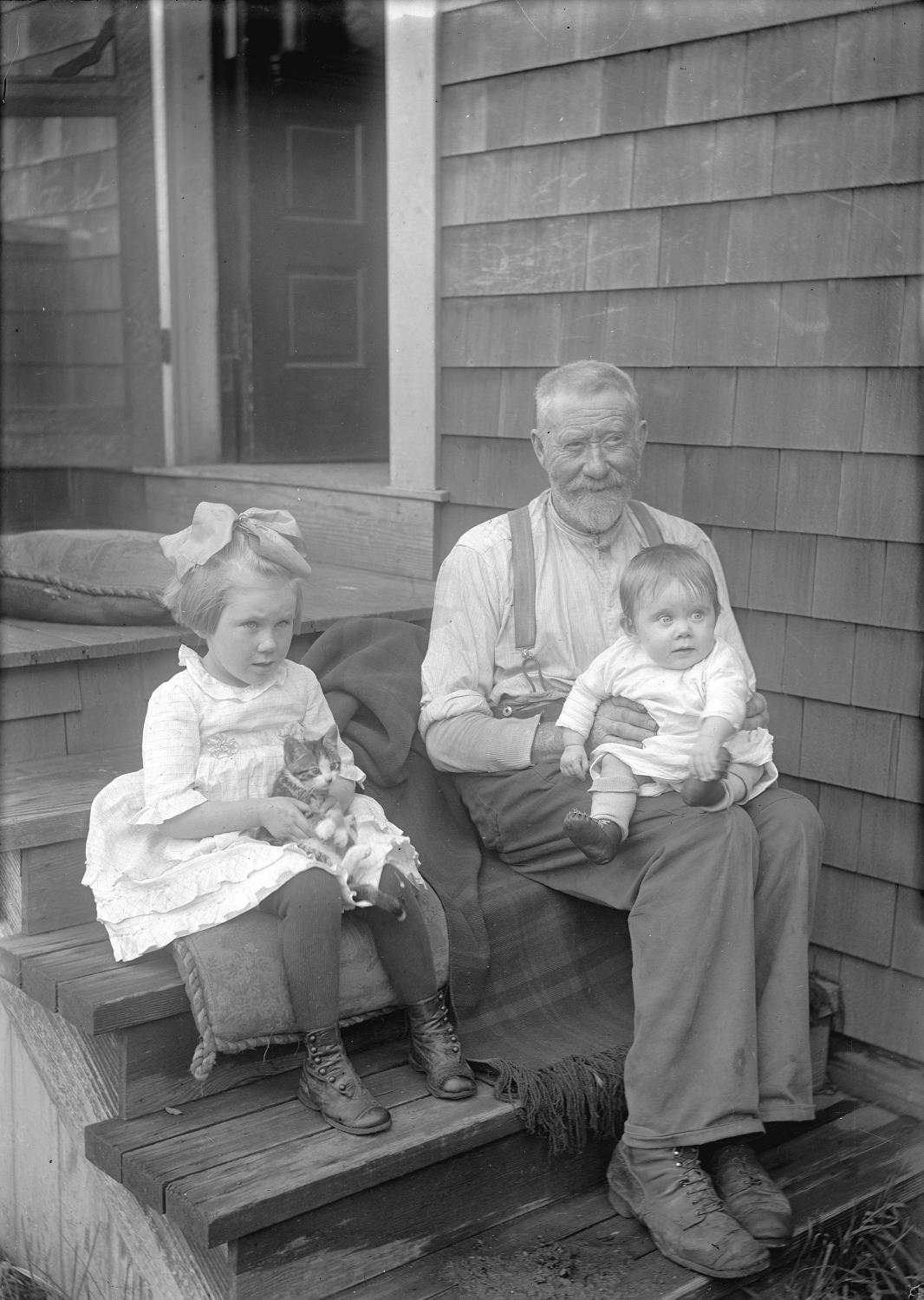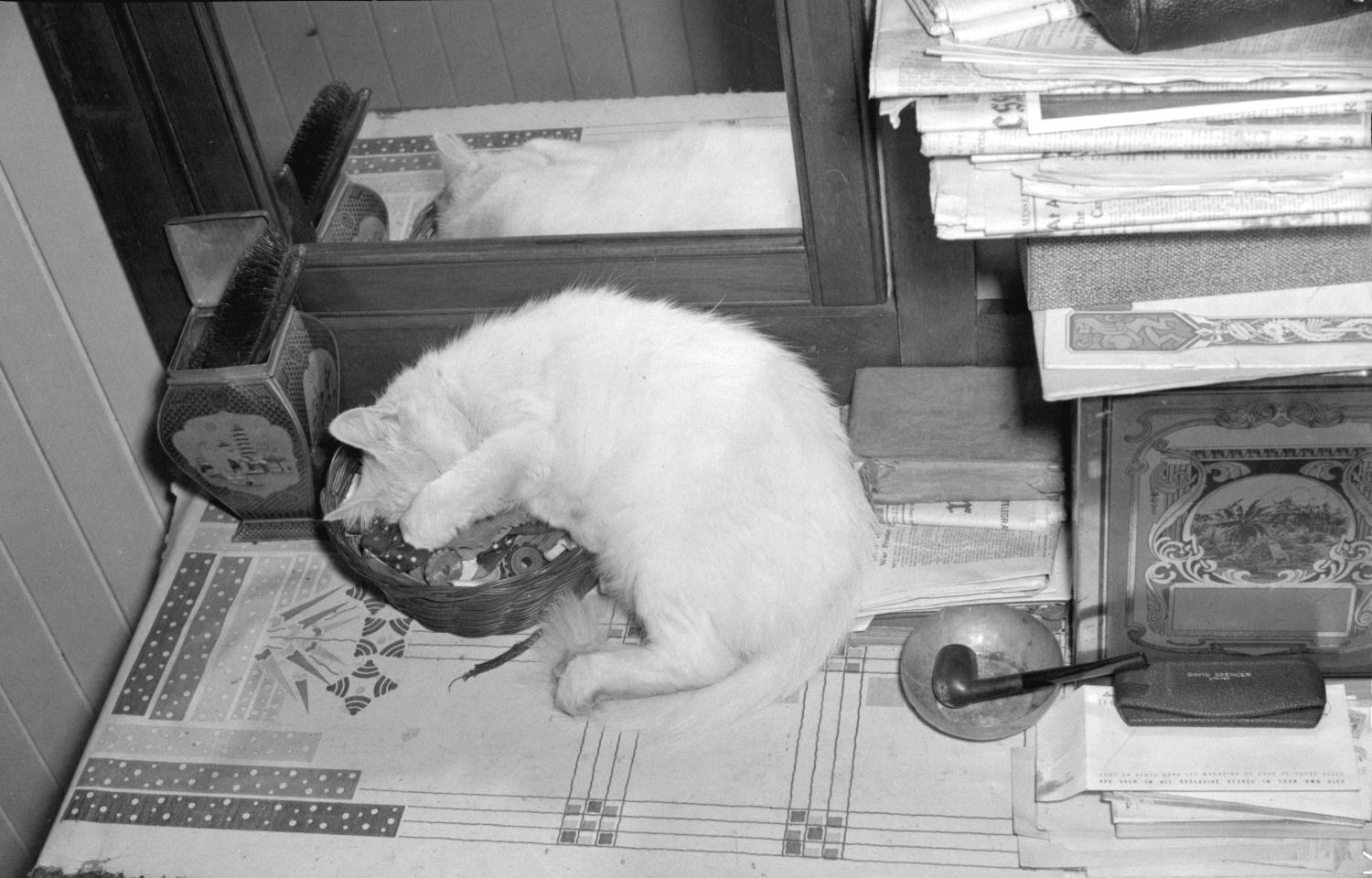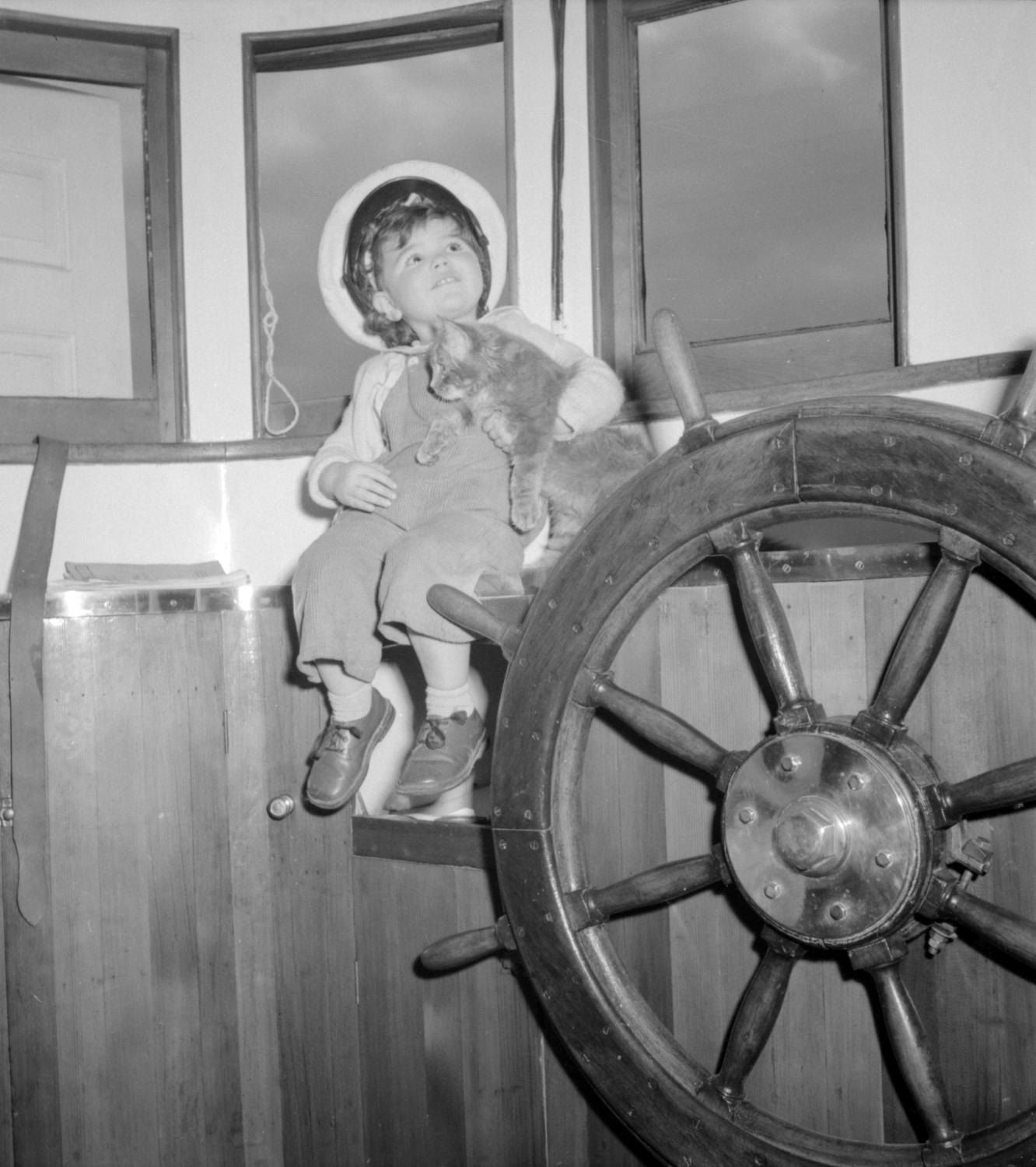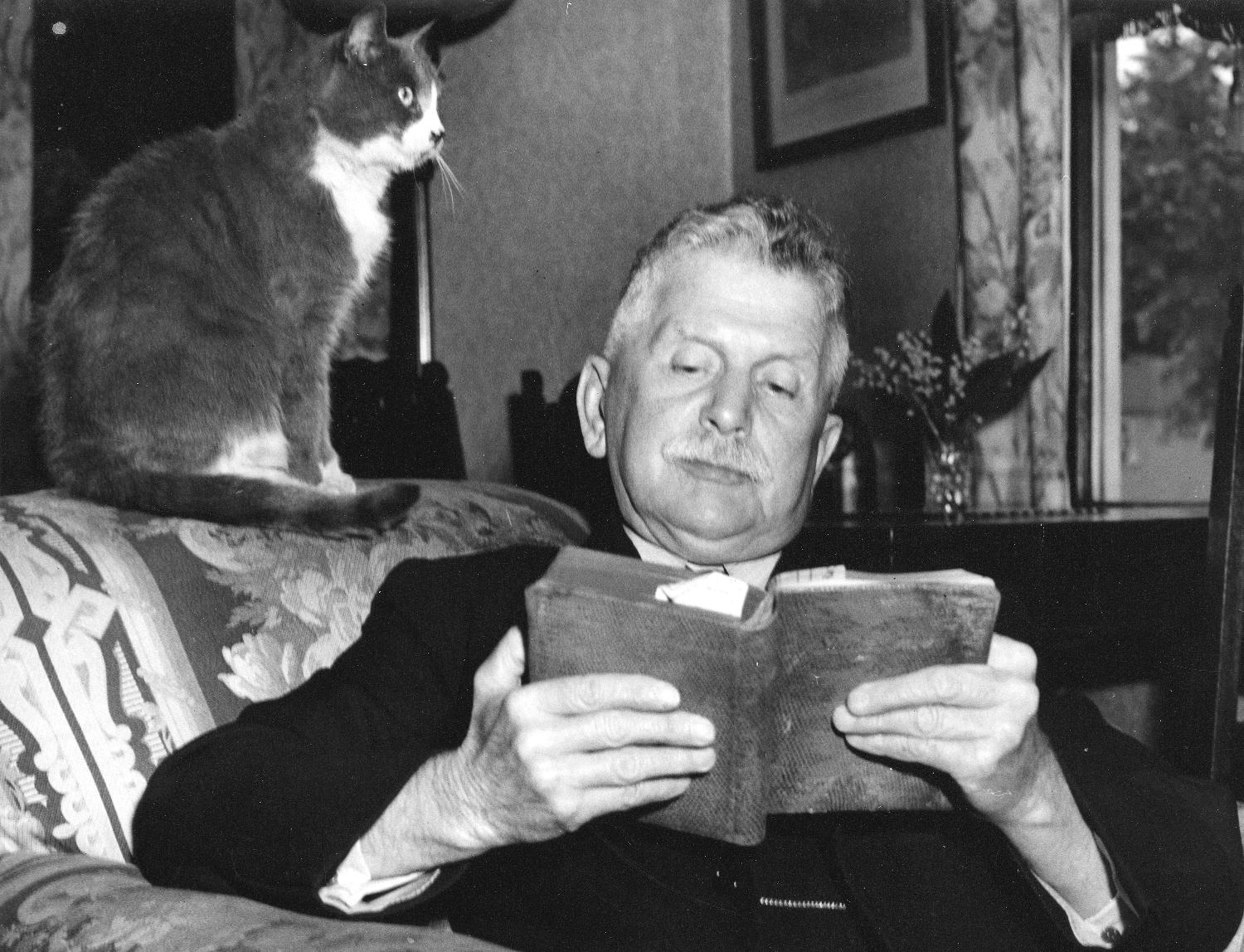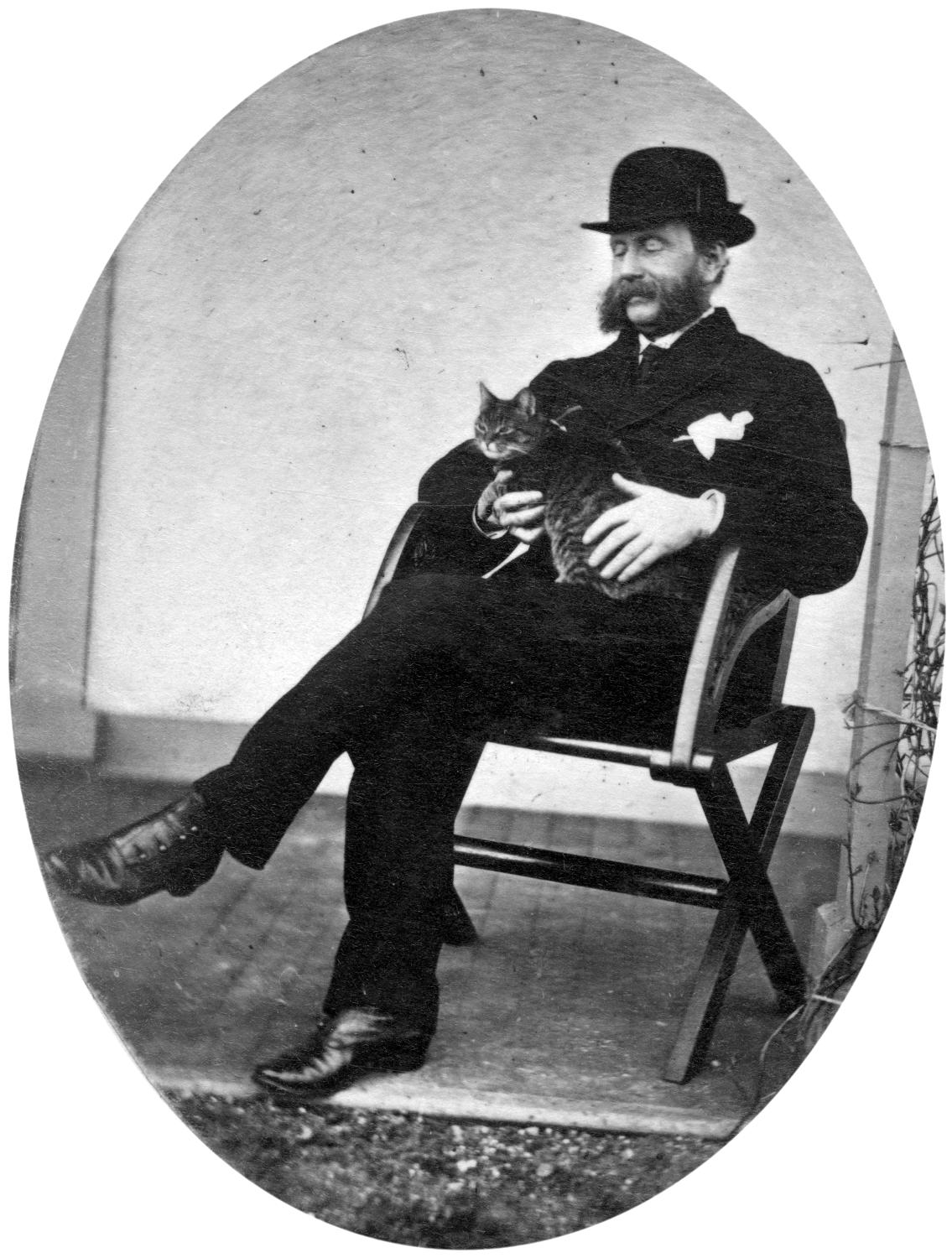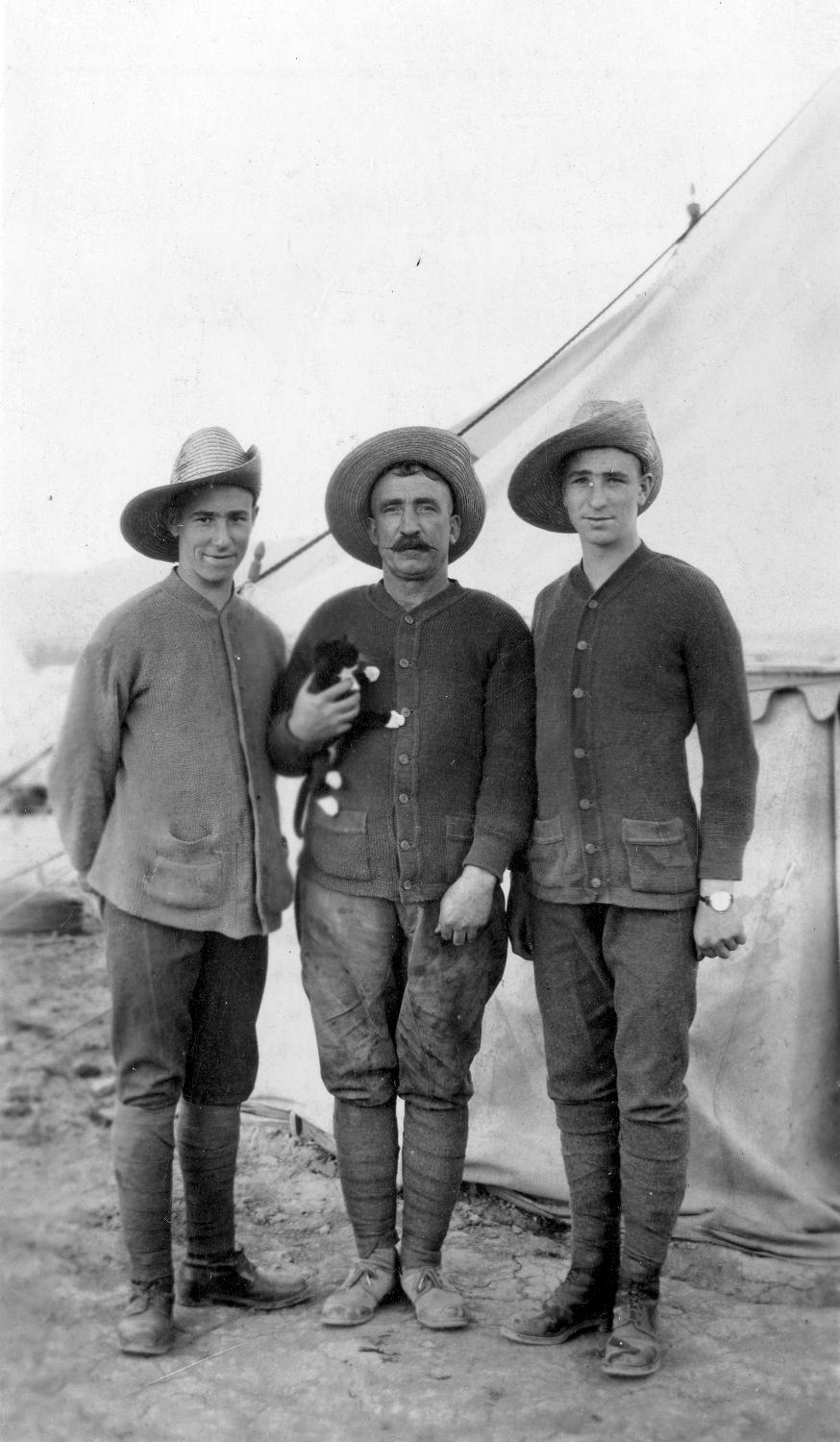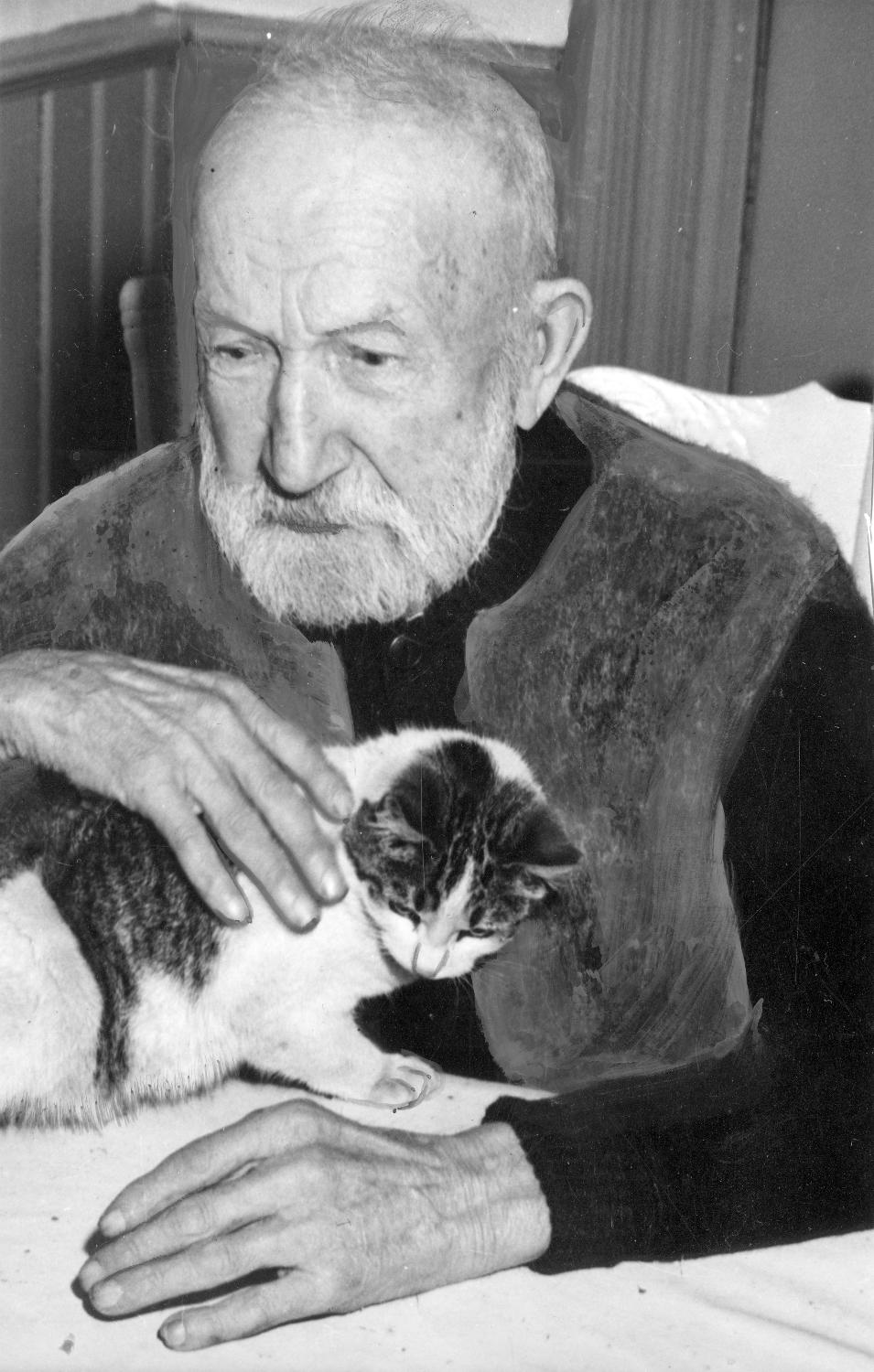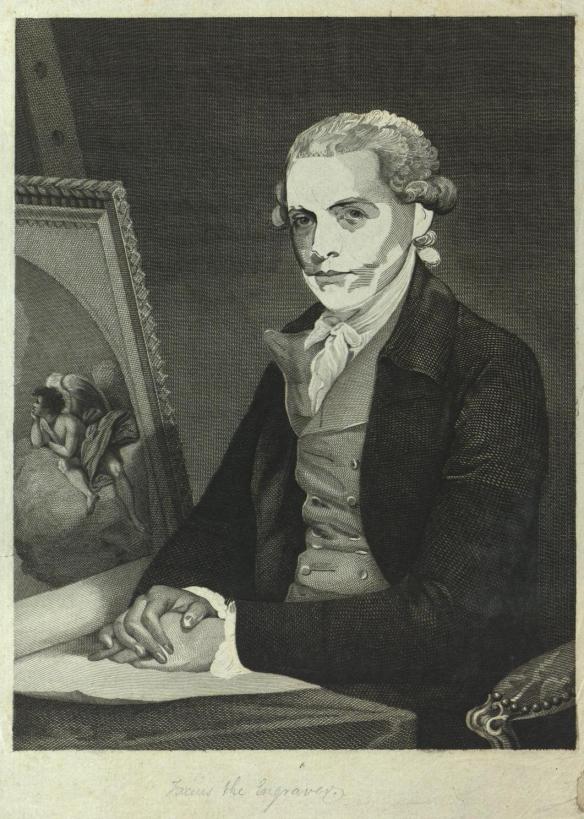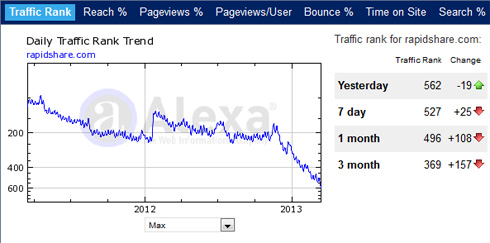The question of whether Lord Jeffery Amherst (1717-1797) is an appropriate mascot for Amherst College is currently a topic of great interest for many students, alumni, and faculty. I have been invited to give a presentation on the history of our mascot at a forum hosted by the Association of Amherst Students on Monday, April 1, at 7:30 in the Cole Assembly Room (the Red Room) in Converse Hall. I thought it would be useful to lay out some of the basic facts regarding the history of Lord Jeff as the mascot of Amherst College in this blog in advance of this meeting.
There is plenty of information available about the actual Lord Amherst and his military career in North America during the eighteenth century. This article is one that I find particularly useful since it specifically addresses the question of smallpox-infected blankets: “The British, the Indians, and Smallpox: What Actually Happened at Fort Pitt in 1763?” by Philip Ranlet in volume 67, number 3, summer 2000 of Pennsylvania History, which is available through JSTOR. But that’s not the point of this post.
I want to explore how Lord Jeffery Amherst, one time Governor-General of British North America, became “Lord Jeff,” the mascot of a small liberal arts college in bucolic Western Mass. The story begins with this guy, James Shelley Hamilton:

James Shelley Hamilton (AC 1906)
Hamilton was an active member of the Amherst College Glee Club and wrote several songs for the group to sing including “Good Days,” “High Upon Her Living Throne,” and “In This Blessed World.” He also wrote the song “Lord Jeffery Amherst” — or, as it was originally titled “Lord Geoffrey Amherst” — the original manuscript of which is held in the Archives.

“Lord Geoffrey Amherst” manuscript
In addition to the original manuscript from 1905, we also hold a letter from 1934 in which Hamilton explains how he wrote the song. He wanted to write something the Glee Club could sing to open their concerts, “…rather vaguely I wanted something a bit gay, like “Here’s to Johnny Harvard” and the song about Eph Williams “who founded a school in Billville”. No such thing existed for Amherst. Lord Amherst wasn’t a particularly familiar figure to us then except as a picture we saw every day in chapel; we certainly didn’t make light of his name by calling him “Lord Jeffery”.” You can read the full text of Hamilton’s letter here: Hamilton Letter.
Hamilton explains that his information and inspiration about Lord Amherst came from some verses published in the Amherst Literary Monthly in February 1903. This issue also includes a short biographical sketch of Lord Amherst that begins by asking “How many of us, for instance, ever stopped to inquire about the portrait of Lord Amherst which hangs before our eyes every morning that we attend chapel? Who was Lord Amherst, anyway? How did this fair college town ever receive his name? And where did this portrait come from?” (277). The portrait, now part of the collections of the Mead Art Museum, was presented to the college by Herbert B. Adams (AC 1872):

“Lord Jeffery Amherst” Didier, Charles Peale; Reynolds, Joshua, after American (19th century); British (1723-1792)
The rest of the article gives a very brief account of Lord Amherst’s military career and includes a long quotation from The Gentleman’s Magazine (September 1797) that describes him thus: “He was a firm disciplinarian, but he was the soldier’s friend, a man of strict economy, always sober, and ready at all times to hear and redress the complaints of the army in general. No ostentation of heroism marked any of his actions; but the whole of his conduct evinced the firm simplicity of a brave mind, animated by the consciousness of what was due to himself and his country.” The only mention of Lord Amherst and Native Americans in this piece is a single paragraph about his actions in Pontiac’s War (1763): “Sir Jeffrey Amherst being unaccustomed to Indian warfare was not successful.” (279)
Hamilton himself was not particularly pleased with the song he wrote, but his classmates liked it and helped finish the last couple of lines. Hamilton says “The whole thing had been frivolously conceived and carelessly done, without any reference to historical justification or fact and even with Jeffery’s name mis-spelled. But it went well enough, though without causing any noticeable enthusiasm and was kept on the Glee Club programs.”

Amherst College Songs (1906)
The song was first published in 1906 in the anthology Amherst College Songs, which includes a total of 14 songs either composed or arranged by J. H. Hamilton. Lord Amherst’s name is mis-spelled in this edition, as it was when the sheet music was published in 1907.

“Lord Geoffrey Amherst” (1907)
In 1926 Hamilton generously donated copyright in the song to Amherst College, and it has been reprinted many times since. One mark of its rising status at the college is that it is the first song in the 1926 edition of Amherst College Songs (it was on page 82 in the first edition). Also notable is that someone took the time to correct the spelling of Lord Amherst’s name. A new edition of the sheet music was also published in 1926:

“Lord Jeffery Amherst” (1926)
But the song is not the only way in which the college embraced Lord Jeffery Amherst in the early decades of the twentieth century. In 1913 alumni made an attempt to erect an equestrian statue of Lord Amherst on campus, going so far as to commission a model from famed sculptor Bela Lyon Pratt.
Although the sculpture was never completed, it is telling that the process got as far as creating a model.
The good feelings between England and the United States that developed during the course of the first World War resulted in a wave of anglophilia in popular culture in the 1920s. Hamilton’s song grew in popularity throughout the 1920s, and Lord Jeffery Amherst’s name was borrowed for both a college magazine and a college inn.

“Lord Jeff” June 1920
The first issue of the student humor magazine Lord Jeff appeared in June 1920 to coincide with college Commencement. While Amherst College had many student publications come and go over the years, Lord Jeff was the first to take full advantage of color printing and the ability to publish photographs. It also had the same size and shape as many popular magazines in America at the time, and its bold graphic design made it stand out from all previous literary efforts on campus.

“Lord Jeff” February 1921
More of the beautiful covers of Lord Jeff can be viewed in our Filckr site. Unlike Hamilton, the editors of the Lord Jeff had no qualms about being casual with Lord Amherst’s name, even shortening it to the now familiar “Lord Jeff.” But there may be another angle to this nickname.

“Lord Jeff” May 1921
This cover from May 1921 portrays Lord Jeffery Amherst as a laughable character with a very Betty Boop-ish prom date, not as a noble, sober soldier for the King. For a comic historian such as myself, this image immediately reminded me of another cartoon character with a moustache who also happens to be named Jeff:

Mutt & Jeff
“Mutt & Jeff” was one of the first daily newspaper comic strips, created by “Bud” Fisher in 1907. Once you see the 1920s “Lord Jeff” next to his namesake, it’s difficult to deny the similarity. Although he did not appear on the cover of every issue of Lord Jeff, he appears inside most issues and makes regular cover appearances:

“Lord Jeff” June 1923

“Lord Jeff” February 1925
I could go on and on about the contents of this magazine and its place within the wider context of college humor during the 1920s (including the crossword puzzle craze of 1924-25), but I’ll save that for another time. I will also save a little space by simply linking back to a previous post on this blog about the history of the Lord Jeffery Inn, which opened for business in 1926 — the same year Hamilton’s song was given such a prominent position in the new edition of Amherst College Songs. Exactly why the Lord Jeff ceased publication in 1935 would take a bit more research than I have time for right now, but the history of this magazine within the context of changing youth culture in the 1920s would make a fine research project.
While there is clearly much more to be said about the history of this mascot, I will wrap up this post with a stop in the 1940s. During the second World War, publication of The Amherst Student was suspended. In its place came a temporary replacement that abbreviated Lord Amherst’s name even further: The Jeff

The Jeff (June 1944)
The Jeff was a far cry from the humor magazine of the 1920s. This 4-page paper was the result of war time shortages of both paper and manpower. It was meant to maintain some college spirit in a rather dark time in history. The Jeff ceased publication after the war ended and The Amherst Student resumed.
The cartoonish Lord Jeff of the magazine seems to disappear completely after the magazine stopped publishing, but the figure of Lord Jeffery remains a constant presence. Another source of portrayals of Lord Jeff throughout college history is programs from athletic events, such as this one from 1946:

Amherst vs. Williams 1946
As with the Lord Jeff magazine, many athletics programs feature a caricature of Lord Jeff but the majority of them do not. A wide range of graphic styles and themes can be found on our programs, another potential source of data for anyone interested in quantifying the frequency of our mascot’s appearances.
Many questions about Lord Jeff as the Amherst College mascot remain. Who made the giant head and when? Who was the first student to dress up like Lord Jeff for a sporting event? A survey of back issues of The Olio might help answer that question, as would a careful study of back issues of The Amherst Student. All of these materials and more are available for research in the Archives & Special Collections on the A-Level of Frost Library.

















